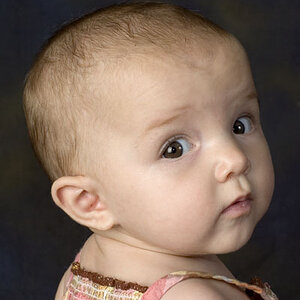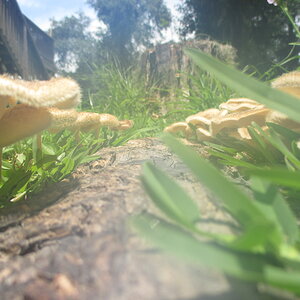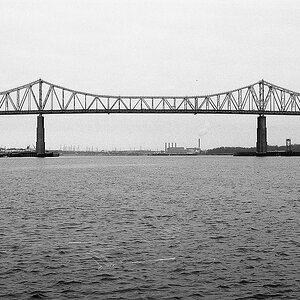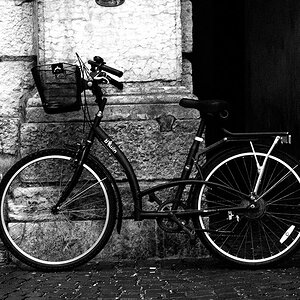laam999
TPF Noob!
- Joined
- Feb 29, 2008
- Messages
- 100
- Reaction score
- 0
- Can others edit my Photos
- Photos OK to edit
I am self taught at photography, I think I have a pretty decent understand of most of the terms, rules and general guidelines, even if I'm not great al applying them or I dont know every little detail about all of these.
What I have not been able to understand is about the term of metering. I have no idea what this involves how, how it works and what the different types mean, I think it has to do with the exposure but I'm not sure.
If anyone would be kind enough to explain of link me to a website that I can read for myself i would be most greatfull.
Thanks guys
What I have not been able to understand is about the term of metering. I have no idea what this involves how, how it works and what the different types mean, I think it has to do with the exposure but I'm not sure.
If anyone would be kind enough to explain of link me to a website that I can read for myself i would be most greatfull.
Thanks guys









![[No title]](/data/xfmg/thumbnail/42/42397-30faa170de7ed9be38adf00b9b26a220.jpg?1619740167)

![[No title]](/data/xfmg/thumbnail/39/39184-d7e9fb25ed954af6adbcacfdf106df84.jpg?1619738904)
![[No title]](/data/xfmg/thumbnail/41/41764-1385c153e9fea917b7efea0bbde7eefe.jpg?1619739885)
